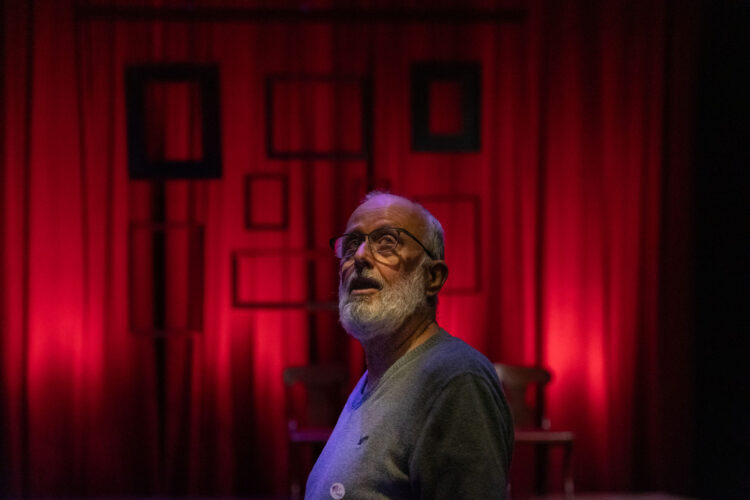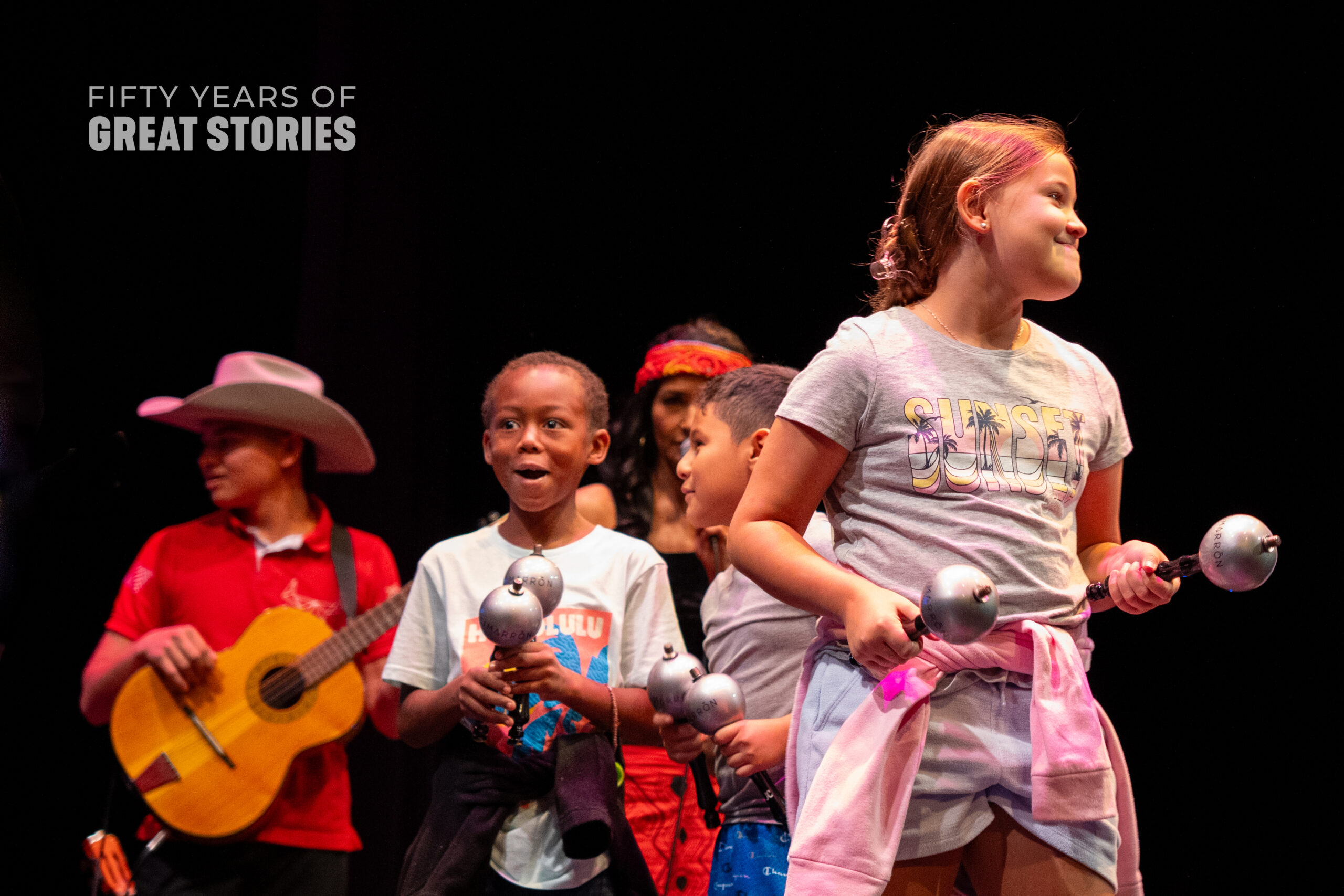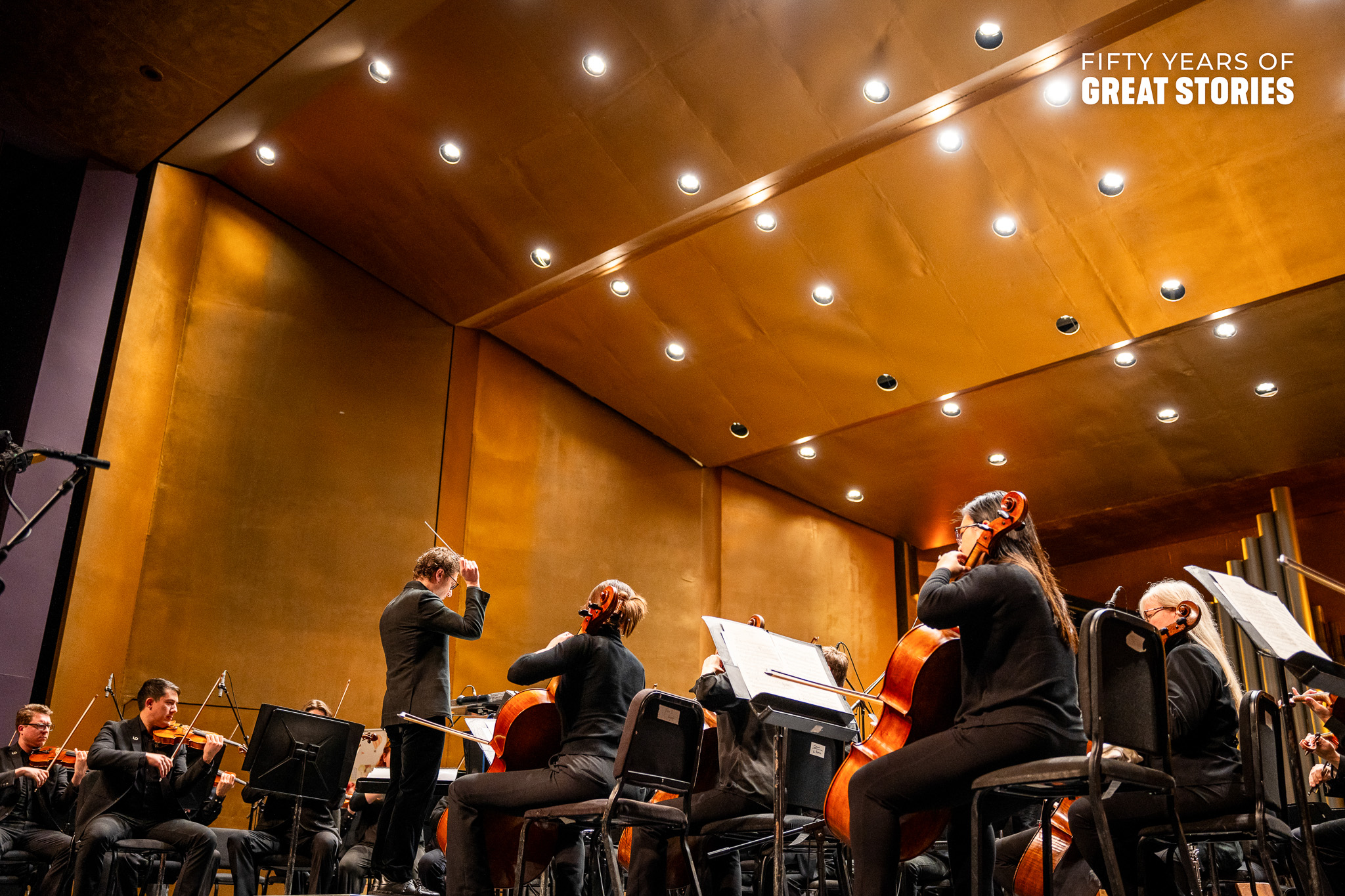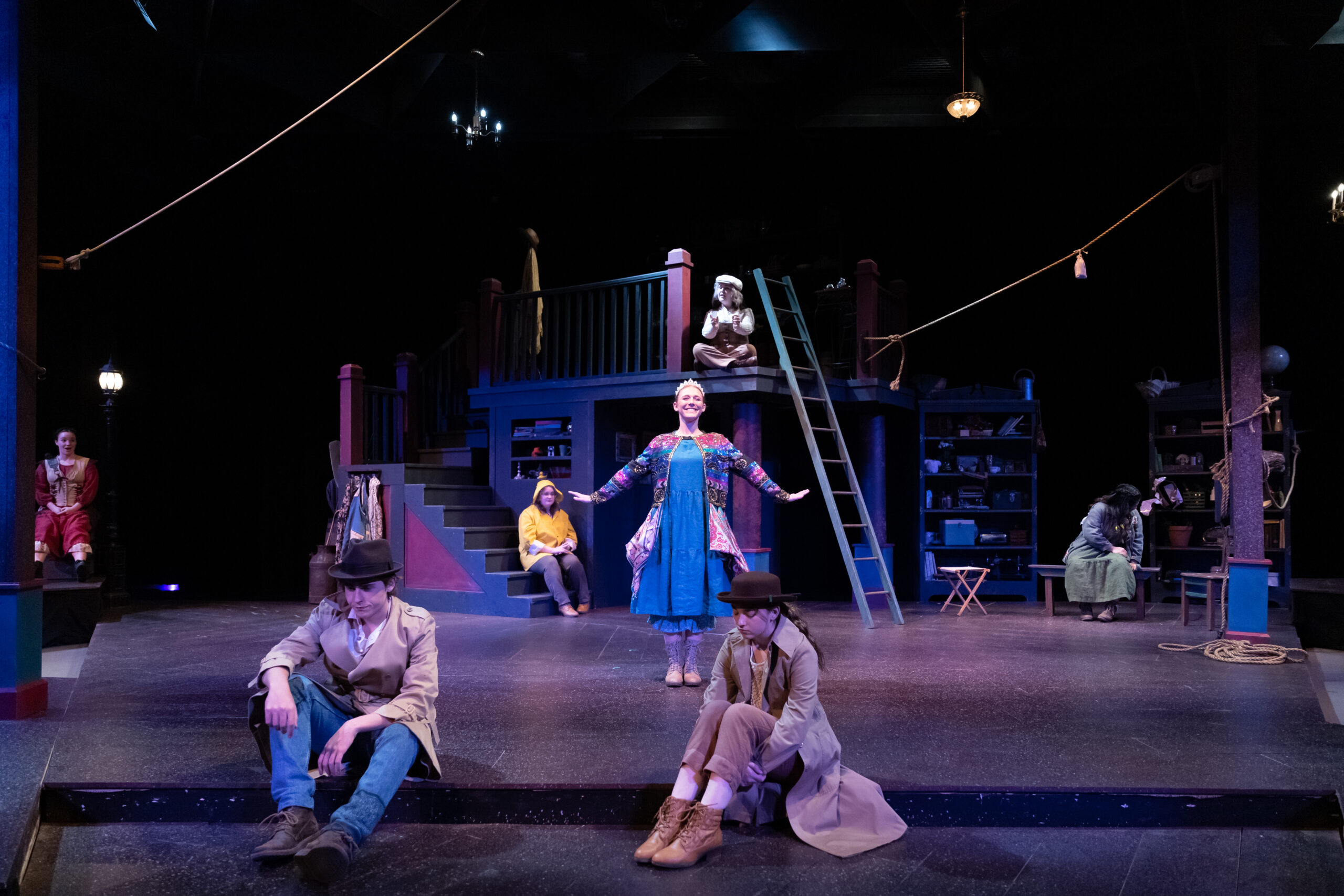Q&A with Patrick Kagan-Moore
For over three decades, Professor of Theatre Patrick Kagan-Moore has been a transformative force within the Centre College community, dedicating his talents and expertise in theatre to Centre students since 1992. What began as a one-year teaching contract evolved into a lasting legacy of 33 years that shaped Theatre at Centre into the outstanding program it is today. Beyond the classroom, he took the helm as director for at least one of Centre’s major productions each year, steering successes like “Assassins,” “Our Country’s Good,” and most recently, his final Centre directing endeavor, “A Doll’s House: Part 2.”
Preparing to retire in May of 2024, Kagan-Moore sat down in Weisiger Theatre alongside friend and colleague Matthew Hallock, Professor of Theatre, to reflect on the essence of his found community, the closeness forged through shared passion and the invaluable moments that define his career at Centre.
What brought you to Centre College?
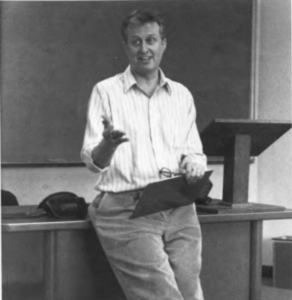
Patrick Kagan-Moore: I left the University of Kentucky after teaching there for seven years, and was very fortunate that a job was opening at Centre. It was the whole notion of a small community of scholars where the theatre contribution was an important source of life to the community – that was a very big deal to me.
There must be something special about Centre for you to stay and teach for 33 years. What made this a place you wanted to stay?
PKM: The community within which the arts have a real value. We have kids from all over campus in our classes. Just the other day, Matthew was saying that he has a bunch of computer kids in his design class this year. That kind of thing is something you rarely see at most universities.
The other thing is the room we’re sitting in: Weisiger Theatre. This is the best venue for theatre in the region and is a hugely important place in my life, and our work together [Matthew and I]. This facility has all of the intentional drive toward commonality that Centre College fosters and encourages as a whole. This is just a living architectural example of the best things about the college.
What makes Weisiger Theatre so important?
PKM: [The Norton Center] was designed by William Wesley Peters, the protégé of Frank Lloyd Wright. Wright was a modernist, and in the late years of the 19th century, modernist architects were looking at theatres where the audience and the performers were in two different spaces, and there was this great gap between the audience and performers. Then they looked at Epidaurus, the great theatre in Greece, and realized that it was a wholly different experience for crowds taking part in the performing arts.
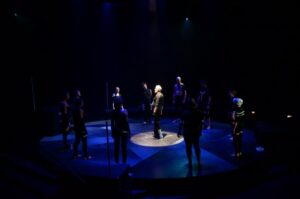
In this room, the audience and the performers are in the same space, and we all are able to feel that. It’s very profound. In every set we build, it does this – it pushes our actors forward so that the communicative distance between them and the audience is as small as we can make it.
I’ve directed in a lot of rooms over my 50-plus years of doing this, and there is just no space I have worked in that has the electric quality of Weisiger Theatre.
How does such a space benefit Centre students?
Matthew Hallock: [Students] feel it viscerally in the work they’re doing here. It’s the very thing that we just talked about, the relationship between the audience and performers, and our performers feel it. Absolutely.
It gives them a leg up in their theatre training, and I think it also gives them a leg up in their overall undergraduate experience. One of the things we value is that what we’re doing here is a part of the core mission of Centre. We’re trying to give young people an opportunity to develop themselves over four years, and the experience of being able to stand in a space and connect with a couple hundred people, along with their classmates on stage… it is an authentic, human thing, a skill in our disconnected modern age that is so rare and of such high value.
Matthew, what do you think is Patrick’s biggest strength?
MH: There’s a very keen eye at work over there, right? I mean, he sees very clearly. And he also sees with a real generosity. He is happy and desirous to meet people where they are, and I think when students feel that and understand that, it opens up doors for them, it makes these spaces accessible to them.
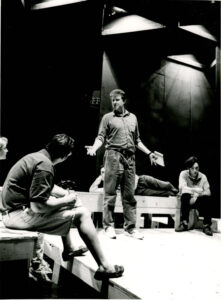
Have there been any notable experiences with students that have left an impact on you over the last 33 years?
PKM: Every time I work with students, it’s impactful. Right now, I’m working with an actor and in the last week or so, something just clicked about the way she’s doing the work and her understanding of what it means to be an artist. Working in this discipline and watching her grow has just been absolutely phenomenal. It’s always magical and surprising to see people come into themselves.
MH: When I’m watching the students on the production side begin to take ownership of their “thing” – whether it’s the soundboard, the table saw or the theatre space itself – there’s a really deep well of the soul’s satisfaction in that.
What will you miss the most after you retire?
PKM: Community… and the closeness of this kind of work, and this relationship (gestures to Matthew). Other than my wife and children, this relationship is the most important one that I’ve had in decades. And I will miss that massively.
